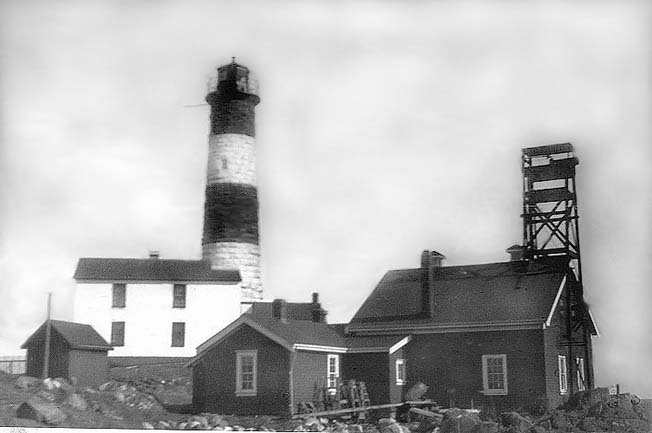Originally Published by archipelagomedia.com…..now not available.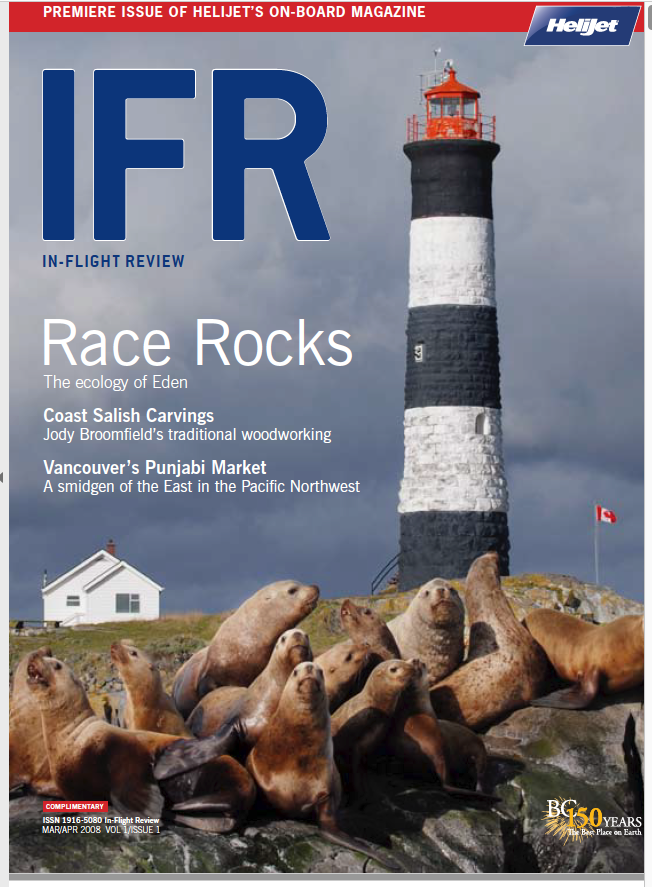
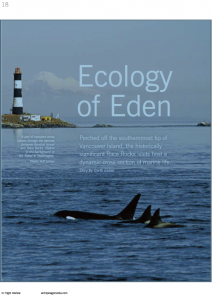

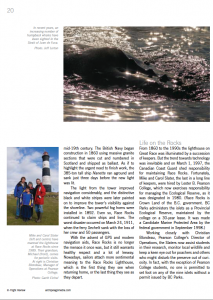
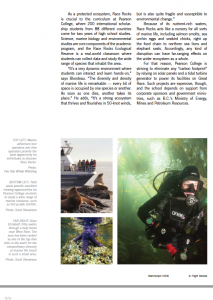
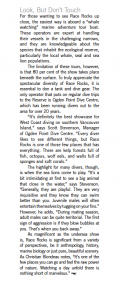
Daily Archives: Saturday,March 15, 2008
STRATEGIES FOR A SUSTAINABLE MARINE FUTURE
The key message of this resource is on global marine issues, and the integral role of all humans in maintaining environmentally sustainable marine ecosystems. Examples from the British Columbia marine environment are used to illustrate the principles which can also apply on a global scale. The over-arching concept of this resource is what marine environmental sustainability means locally and how people can be encouraged to commit to contribute to the process. We believe that people of all ages can use the tools to actively participate in making our marine environment sustainable.
 We thank the Shaw Ocean Discovery Centre, formerly the New Marine Centre in Sidney on Vancouver Island in British Columbia for supporting the development of the document that provides the basis for this curriculum resource. I encourage you to visit this centre opened in the spring of 2009.
We thank the Shaw Ocean Discovery Centre, formerly the New Marine Centre in Sidney on Vancouver Island in British Columbia for supporting the development of the document that provides the basis for this curriculum resource. I encourage you to visit this centre opened in the spring of 2009.
Garry Fletcher
Marine Education Consulting
Victoria, BC.
Baker Bricks from old buildings at Race Rcks
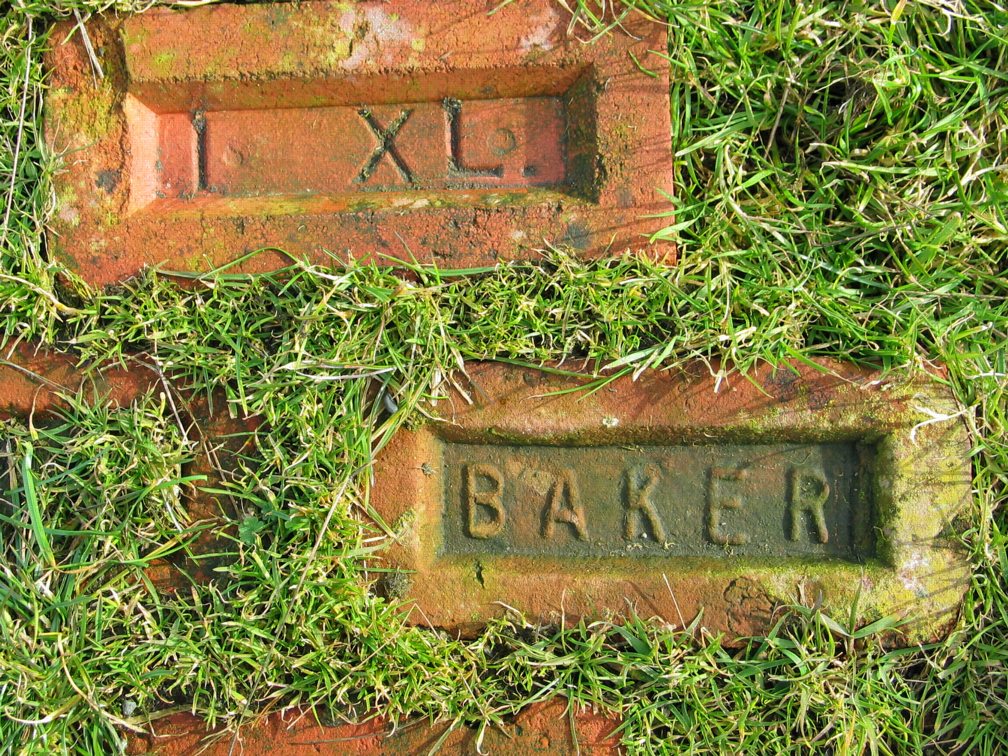 When we posted the images of the Baker Bricks on the racerocks.com website, we had no idea where they came from, for what they had been used on the island, or from what time period. As indicated on our “Old Brick page” the bricks occur in various spots buried around the island, especially up near the tower and engine room.
When we posted the images of the Baker Bricks on the racerocks.com website, we had no idea where they came from, for what they had been used on the island, or from what time period. As indicated on our “Old Brick page” the bricks occur in various spots buried around the island, especially up near the tower and engine room.
This led us to speculate that the bricks may have been used in some of the original buildings built in 1860 with the tower, perhaps even the attached stone building. Pictures from the B.C. Archives that we link on our history page showed many buildings which do not exist today. The early pictures can be placed in two categories: On the left from 1875, or 1860 to around 1900, when the original lantern room was intact, and then later pictures, after approx.1912 when the present lantern room was attached . In the earlier picture on the left, we can see a number of brick chimneys in the original buildings. On the picture on the right, a different set of buildings, some with chimneys are evident.
I also found this reference that connects the bricks we find out there to the Victoria company. http://www.victoria.ca/archives/archives_refbrk_fulllist.shtml
“George E. Graham was born in Victoria in 1901. He was a superintendent at Baker Brick and Tile. ” (Location of his commemorative brick in the heritage
In March 2008, we got an e-mail from Gloria Wallin of Victoria about the Baker Brick and Tile Company. She was not aware of the superintendant George Graham, but said:“My ancestors were the original Baker’s who started this company. Brothers James, John, & Michael Baker started this company. I’m descended from Michael Baker.”“
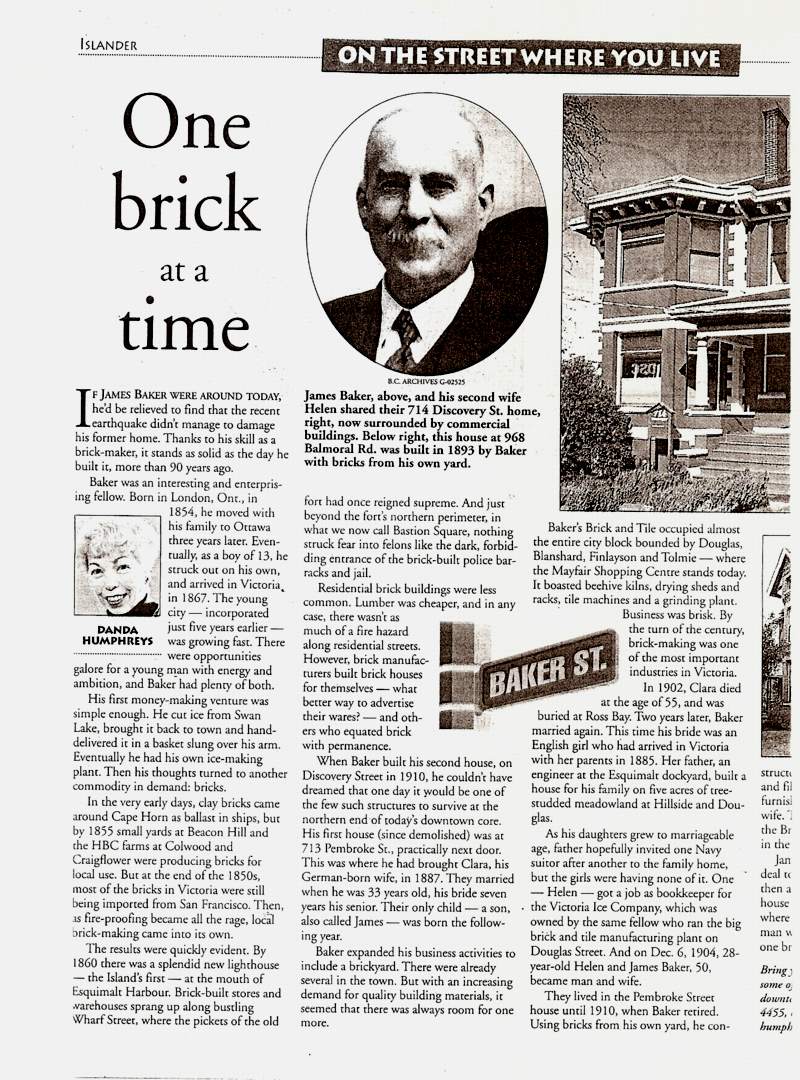 She then sent us the newspaper article of (Date?) : “The Brick yard was huge and was located where Mayfair Mall stands today. There were many employed there with many managers etc. Many of the brick homes in Victoria today are built from these bricks, including James Baker’s last home at 714 Discovery St. (still stands today).I would imagine many other buildings including some business downtown were built with these bricks. James brother Michael’s home is also standing which the brothers built with their brick at 968 Balmoral.”
She then sent us the newspaper article of (Date?) : “The Brick yard was huge and was located where Mayfair Mall stands today. There were many employed there with many managers etc. Many of the brick homes in Victoria today are built from these bricks, including James Baker’s last home at 714 Discovery St. (still stands today).I would imagine many other buildings including some business downtown were built with these bricks. James brother Michael’s home is also standing which the brothers built with their brick at 968 Balmoral.”
She noted that the article also says “The blue clay found at a depth of five to six meters proved best, and the mix was dumped in a pit and were stirred with a horse-drawn scoop. The green bricks were hand cut at first but soon wire was used for this. Since the bricks would be dried in the sun before firing, it was largely a seasonal business. Another article says the Baker’s produced some 5 million bricks. The firm was well known for it’s high quality pressed bricks, for which the facade of the Board of Trade Building was a showpiece.”</spanSo from this added information we now know that the Baker bricks on Great Race Rock must have arrived on the island after 1870. So they must have been used in the chimneys of some of the smaller engine room and attached buildings. Thanks to Gloria Wallin for helping us to sort out this little mystery . Now of course we are interested in knowing where the bricks went from the old stone house which was attached to the tower and was removed in the early 1970’s.Perhaps some of the other bricks from our Old Brick File were from the old stone house. Could they have been quarried in small yards in Beacon Hill and the HBC (Hudson’s Bay Company) farms at Colwood and Craigflower started by 1855 or did they come around Cape Horn or as the article says “..by the end of the 1850’s most of the bricks in Victoria were still being imported from San Francisco.”

